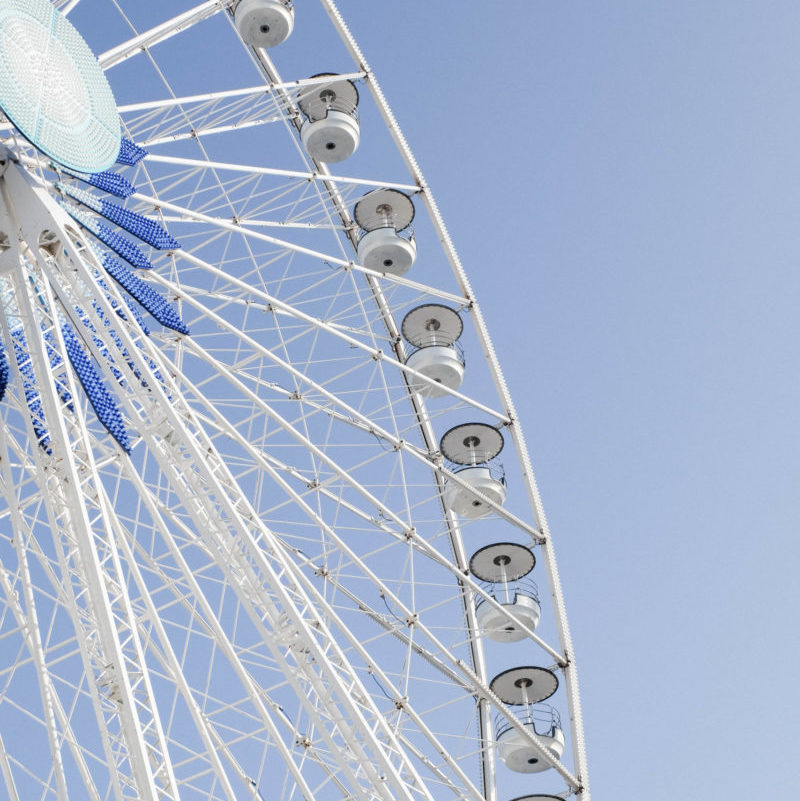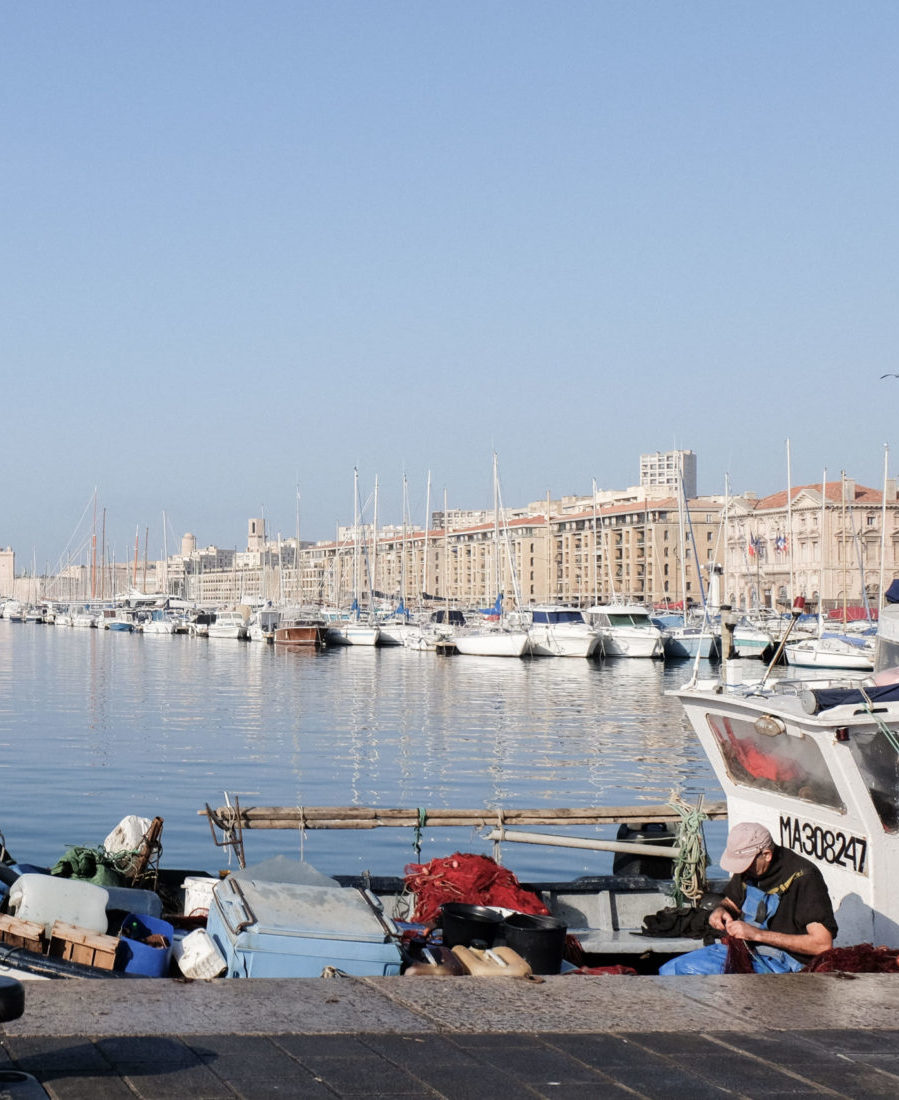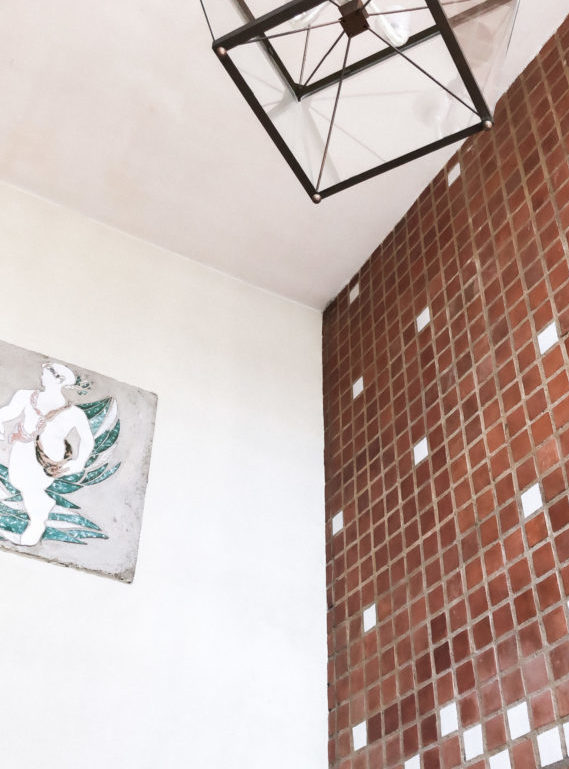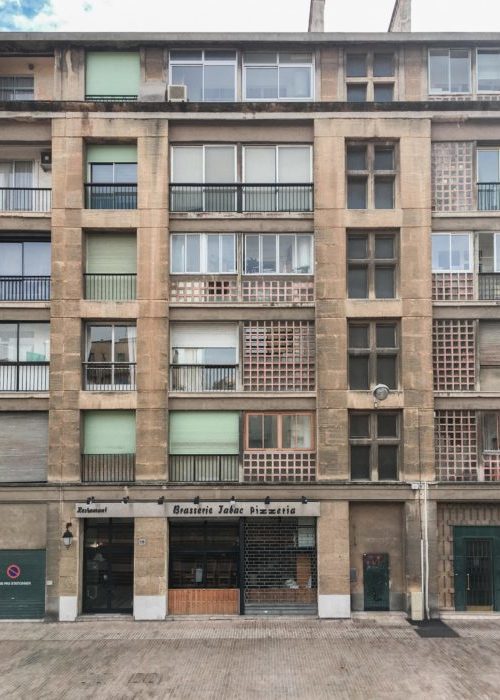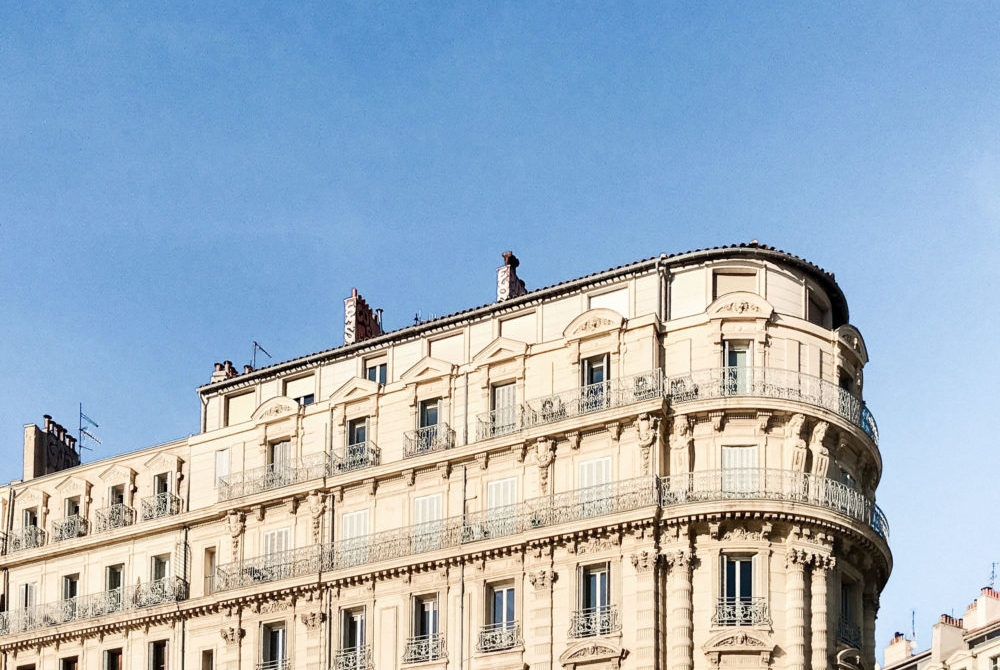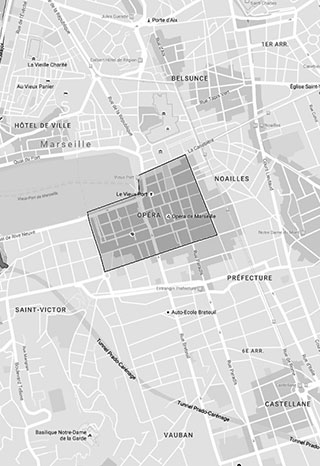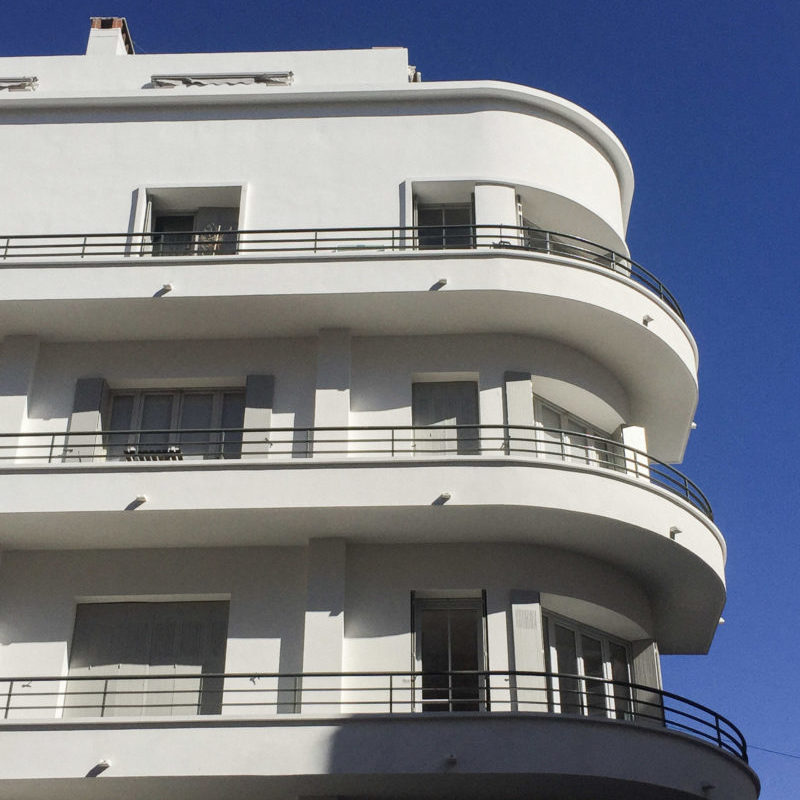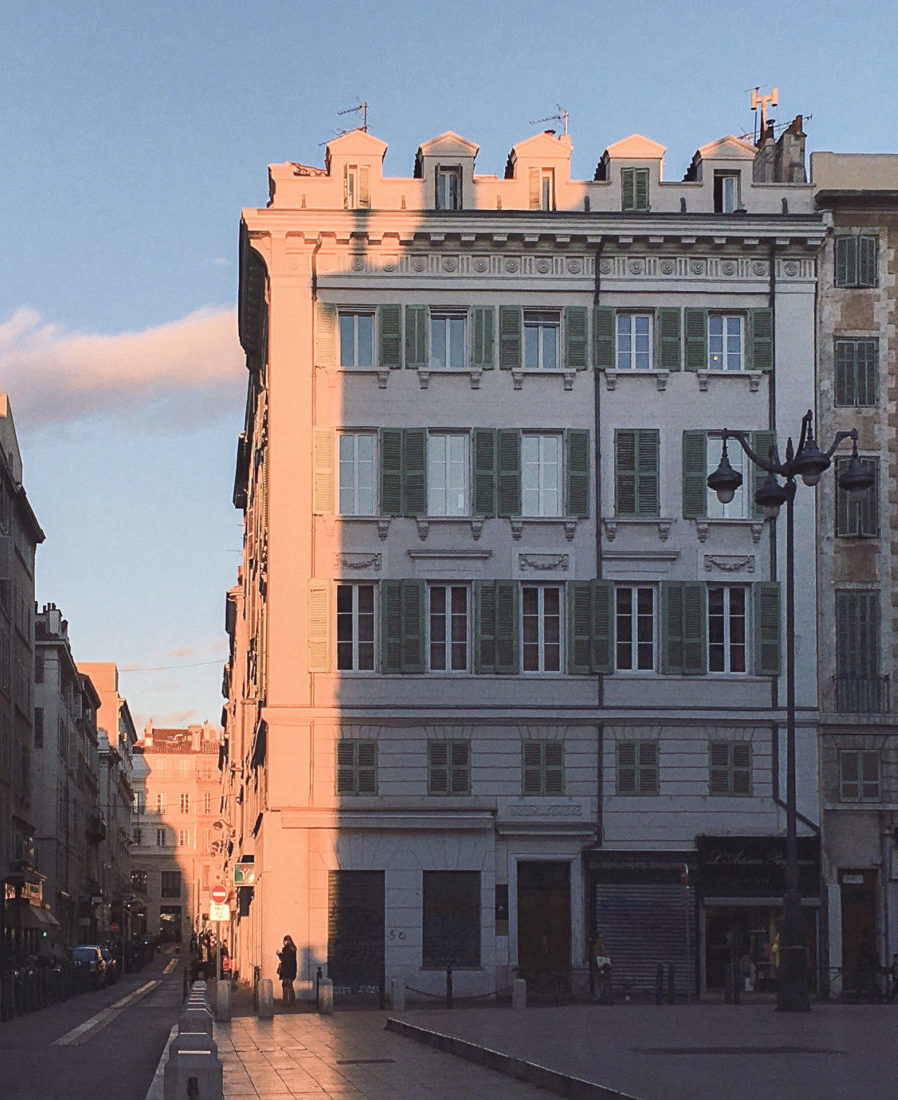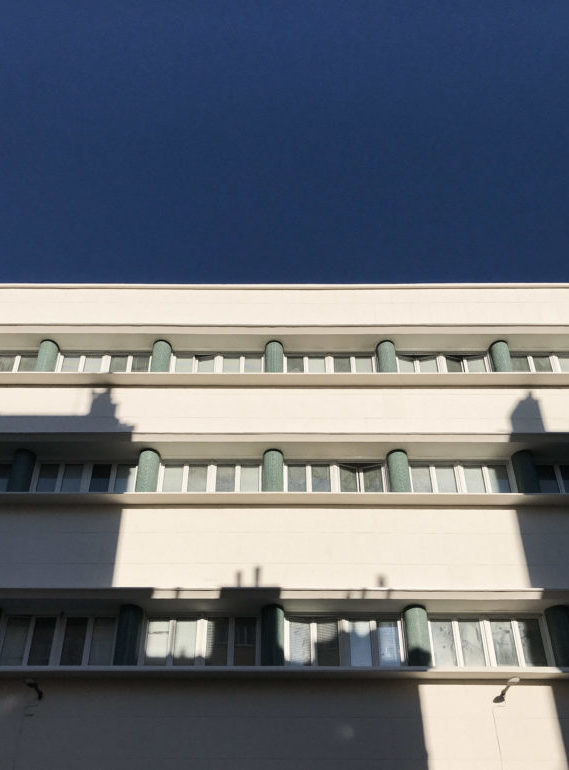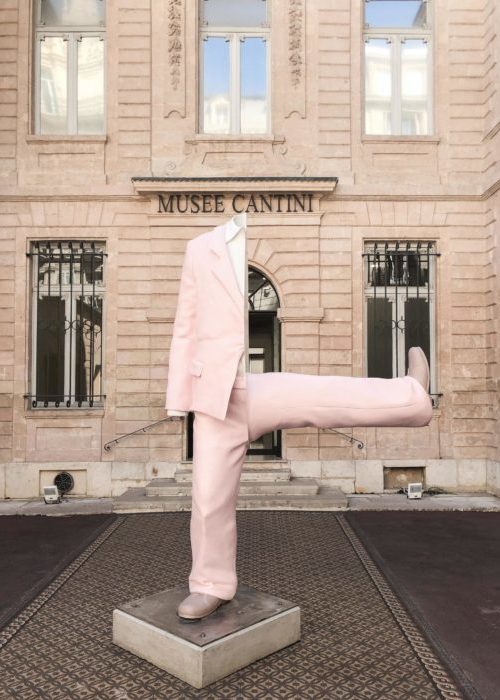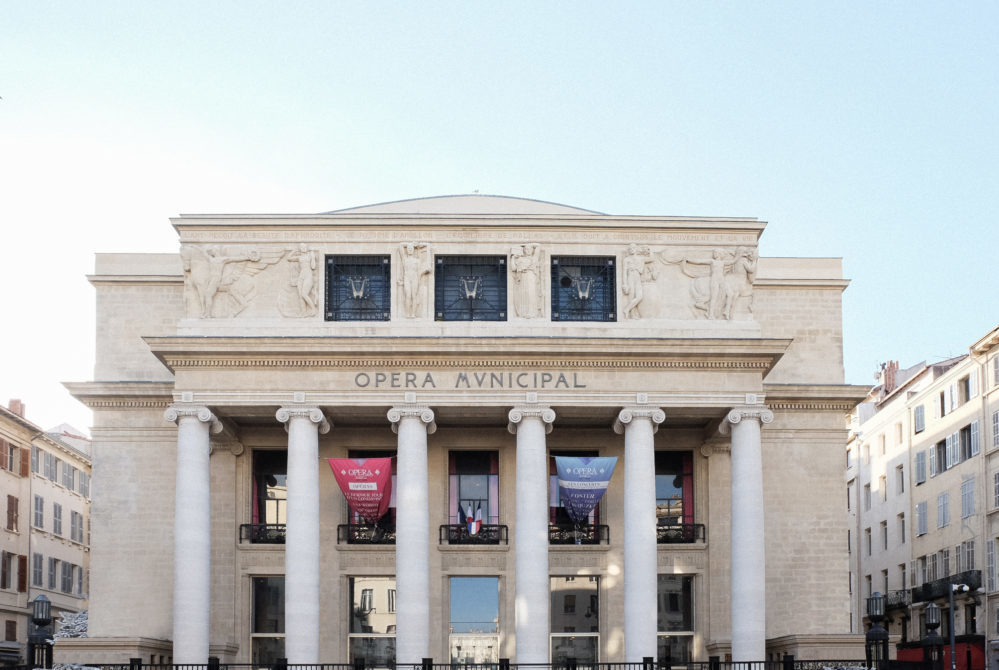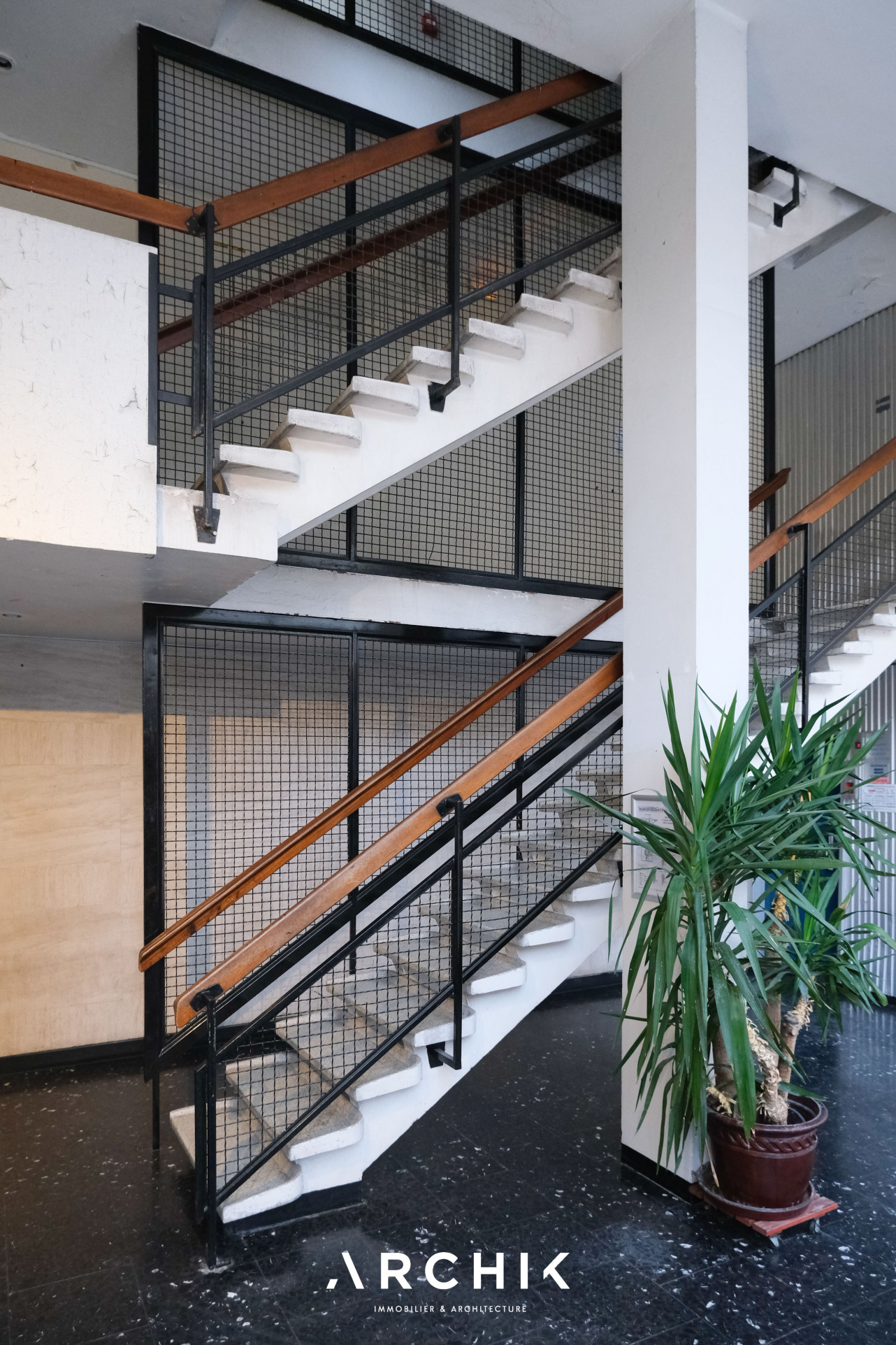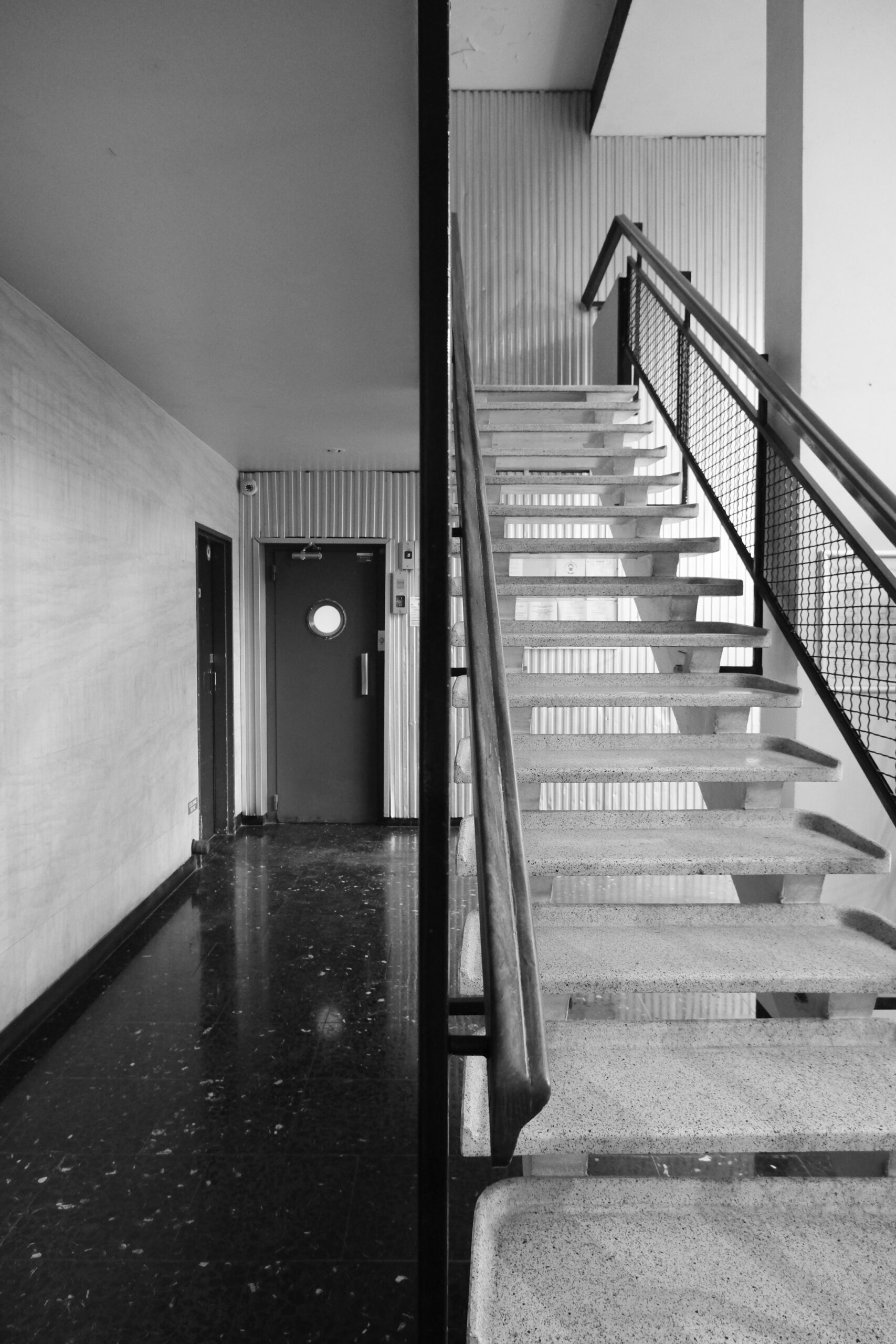Vieux-Port

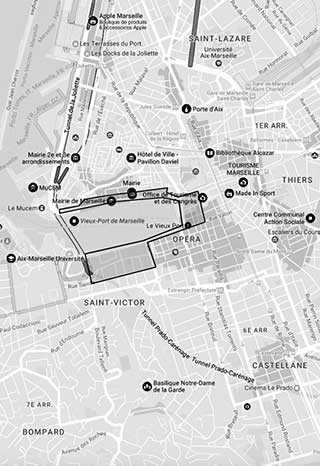
This is one of the most lively neighborhoods in the city. A place to meet and exchange, this site is suitable for young working people for its central location and its lively neighborhood life.
Perfectly served by the metro, numerous buses and several maritime services, it is a rich historical and cultural center. Not far from numerous restaurants, brasseries, trendy local shops, it offers all the conveniences to its inhabitants, all in a pleasant setting that is constantly evolving and diversifying.
Following the redevelopment of the Old Port, the British architect Norman Foster signed a mirror in the shade, an architectural creation, design but especially high-tech that is the exact reversal of the water of the port. A work that takes its place alongside the buildings built in the 1940s by the architect François Pouillon, achievements that are now classified.
